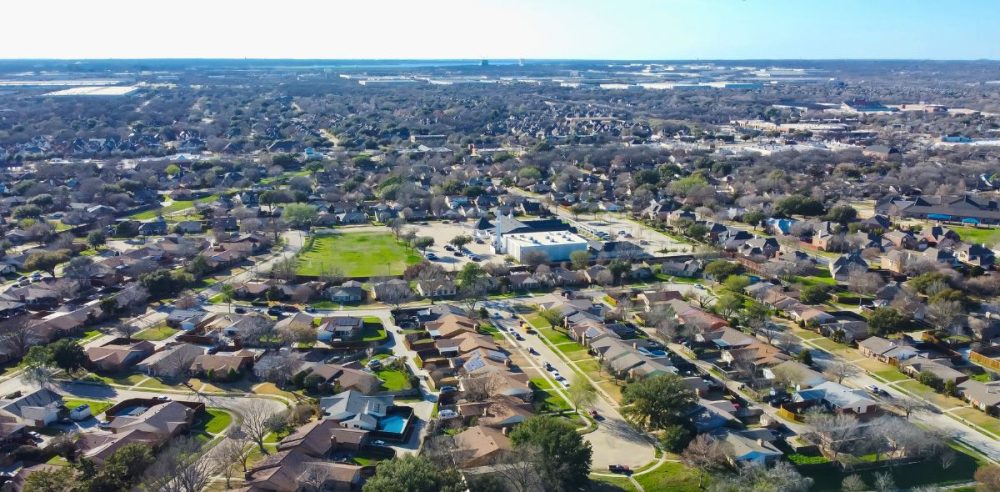The Dallas-Fort Worth metro area has set a new population high, hitting 8.3 million residents.
Thanks primarily to growth in the region’s northern suburban cities, DFW continues to reign as the most populous region in Texas.
In the last four years alone, North Texas has welcomed more than half a million new residents. As of last year, North Texas comprised nearly a third of the Lone Star State’s entire population.
Collin County saw the sharpest growth among North Texas counties, taking in 145,000 residents between 2020 and 2024. The cities of Allen, Frisco, McKinney, and Plano were responsible for much of the growth within Collin County.
Statewide, Fort Worth was ranked the fastest-growing city. It was also ranked the fastest-growing among the top 30 most populous cities nationwide.
Earlier this year, The Dallas Express reported that North Texas was experiencing growth despite places like Dallas County experiencing an exodus of 50,000 people in the prior two years. The DFW metro even logged the largest population increase in the country in 2023, welcoming 152,598 people, or around 418 each day.
North Texas continues to attract people from around the country, whether transplants from California or Wall Street firms from New York.
Since 2005, hundreds of companies have left the West Coast to set up shop in Texas’ often-perceived friendlier business climate. Companies like FreshRealm and Boingo Wireless have chosen North Texas as their headquarters location.
Wall Street, too, is joining in on the action.
Wells Fargo & Co. is building a $455 million office campus in Irving, Bank of America will move into an office high-rise in Uptown Dallas, and Goldman Sachs is expected to bring 5,000 jobs to the region when it eventually opens its new regional office in Uptown.
All the activity has helped DFW to become the second-largest hub for financial workers in the country. By next year, Dallas could even begin trading in its very own financial market, the Texas Stock Exchange (TXSE).
Last year, a study by Site Selection Group forecasted that North Texas would grow by nearly one million residents by 2028, reaching nearly 8.5 million, an estimate the region may very well surpass.
In another assessment, the moving services platform moveBuddha predicted that Texas will be home to the three largest U.S. cities by 2100. Austin is expected to be the third largest, with a population of 22.29 million; Houston in second at 31.38 million; and Dallas the largest, with a megacity population estimated to hit 33.91 million.


